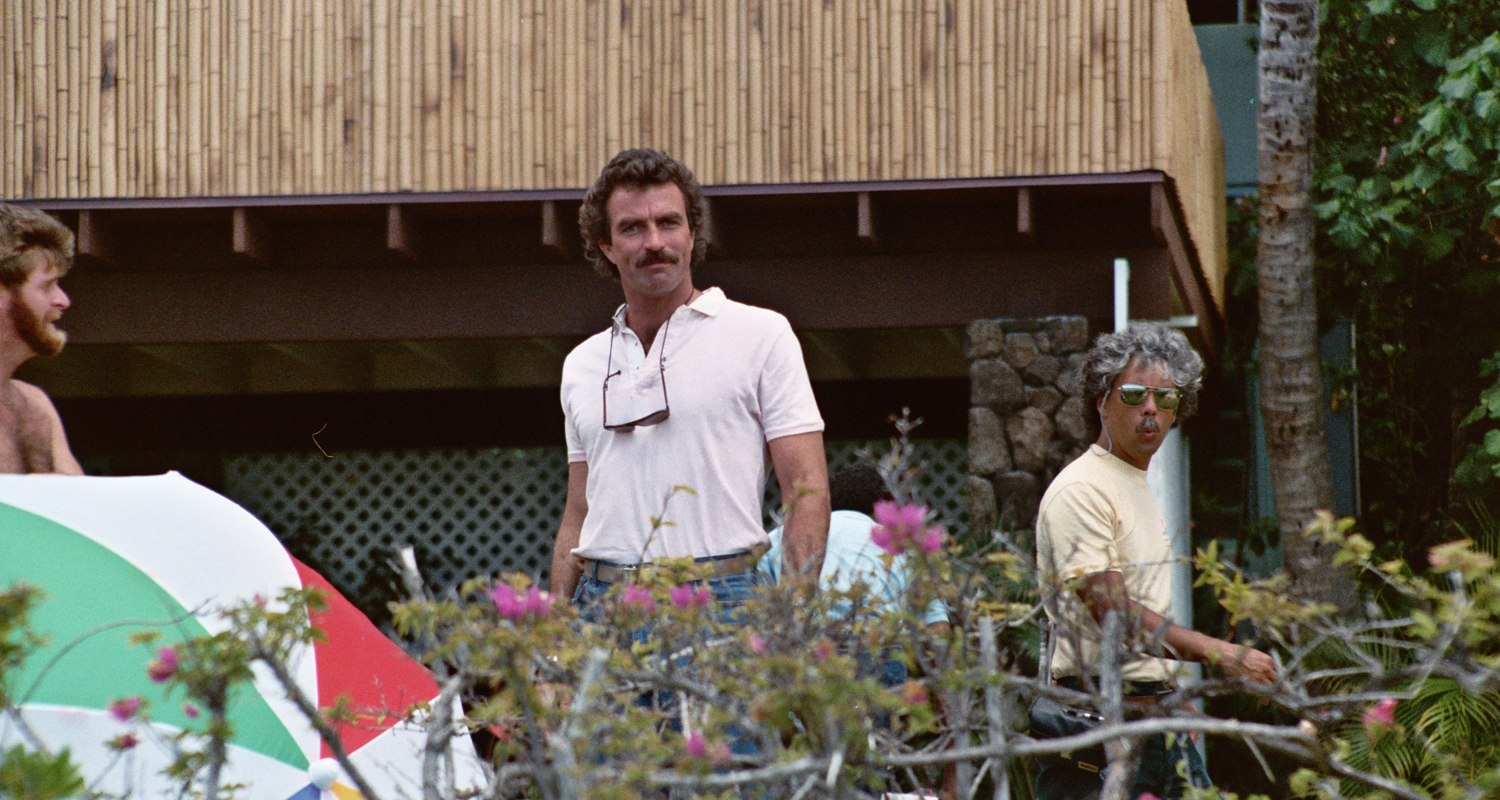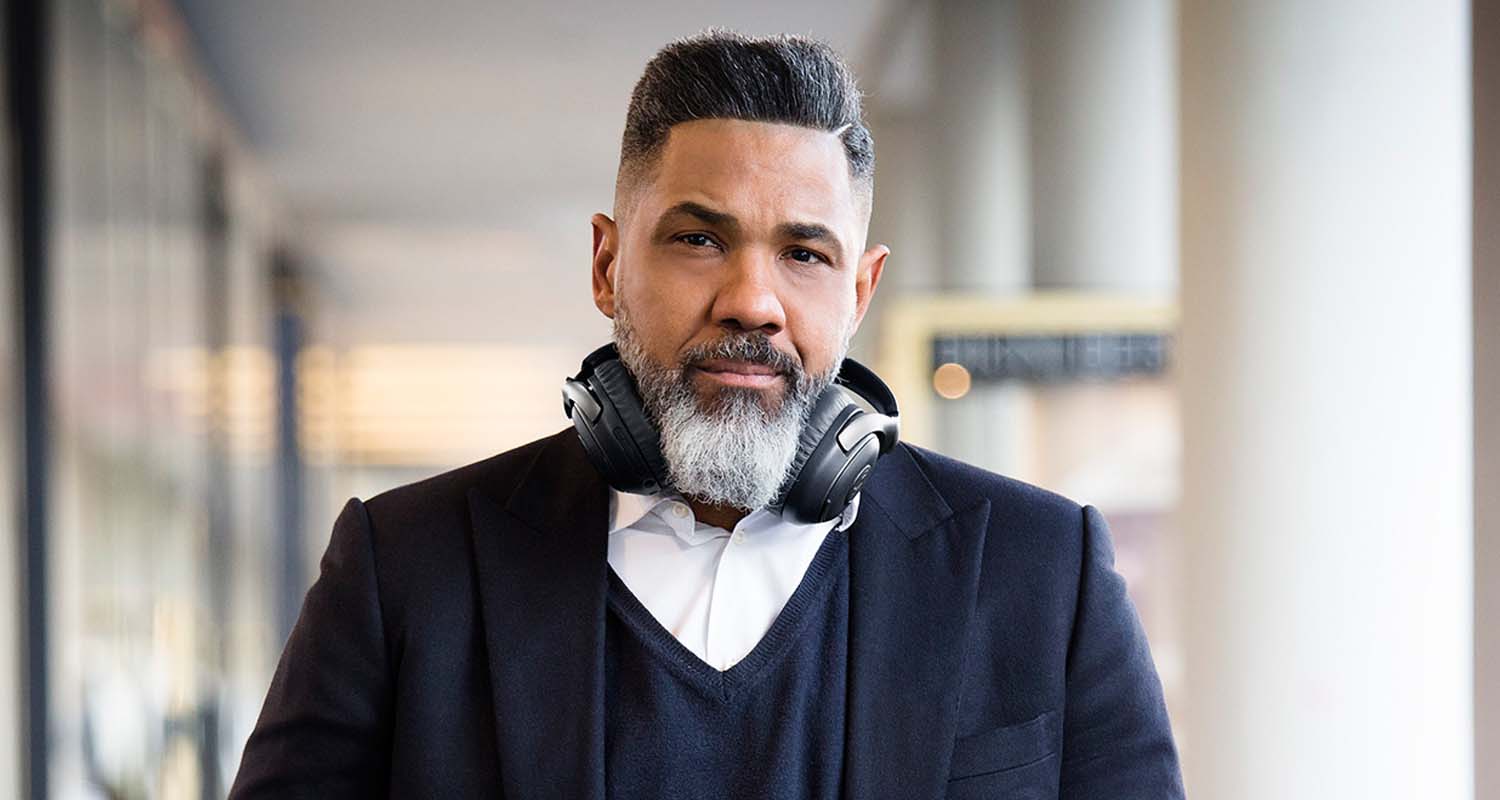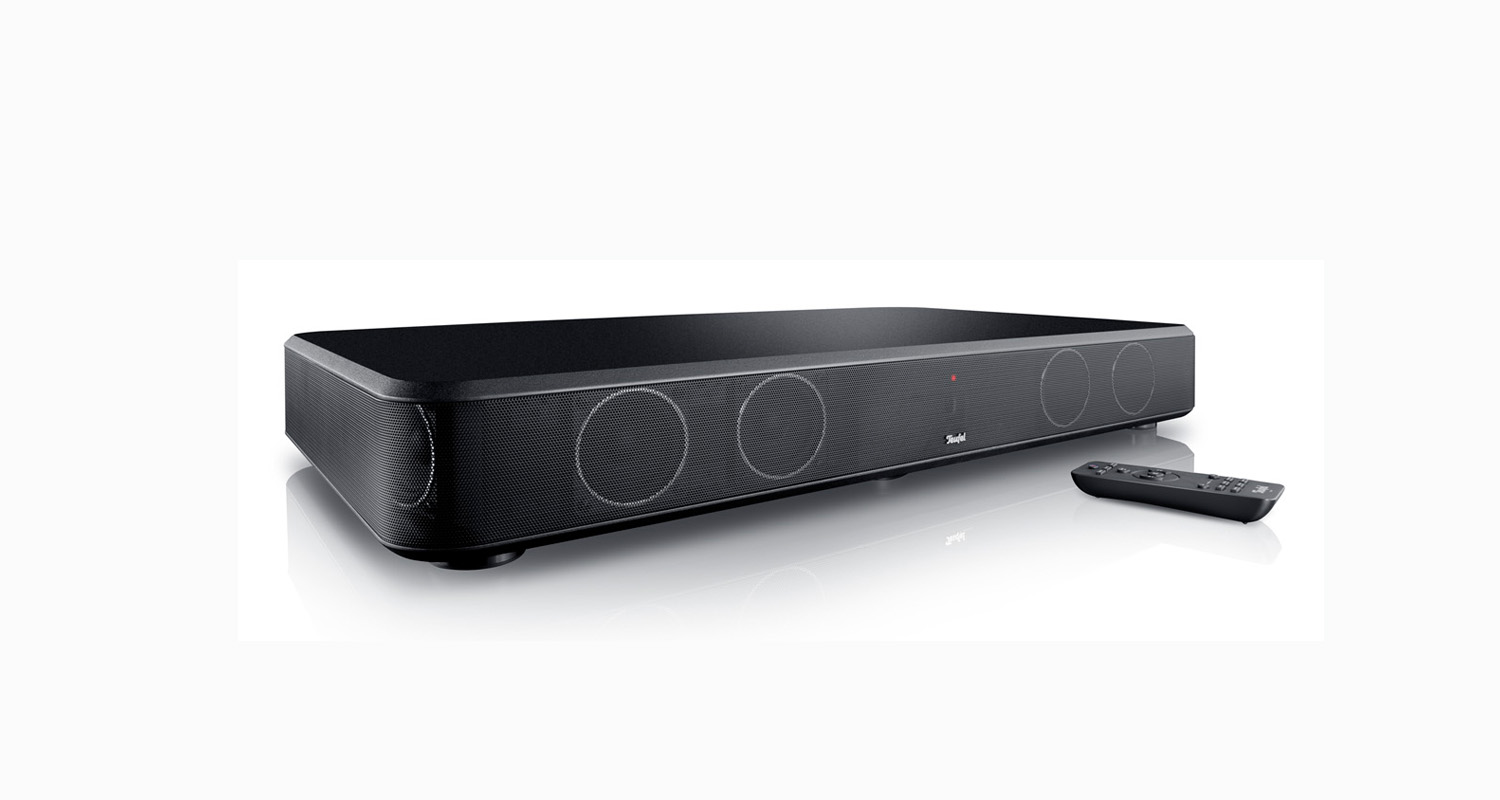Like a siren call, some TV shows have a way of beckoning us over to the living room television with an especially clever or beautiful opening theme. Over the course of our lives, most of us have been exposed to quite a bit of this music, so it’s worth taking a closer look at it.
This article examines original musical compositions for television. Often, a show’s theme is merely an updated version of an older or less well known song. This can be wonderfully catchy like That 70’s Show’s use of the Big Star’s “In the Street.” There’s really nothing wrong with this and it can be a great way to introduce older classics to a new generation, but hats off to those shows who use original compositions for their intros. By allowing a composer to give expression to what he or she feels the show is about, music is created that becomes the very heart and soul of a series. It enters the consciousness of the viewer where it remains long after plot lines and characters have been forgotten.
This article deals exclusively with instrumentals. It seemed a better way to gauge the power of music to complement and enhance a story based on the aspects of sound, apart from any psychological effects brought on by lyrics.
Dr. Who: “The Dr. Who Theme” Ron Grainer and Delia Derbyshire 1963
The bass line drives us in as the eerie melody sends us far beyond our hum drum lives. It’s a spooky, yet beautiful song that has a mesmerizing effect, especially when combined with the light swirls in the opening sequence.
The Dr. Who theme, created in the BBC Radiophonic Workshop, was one of the very first electronic songs made for television, and this was before synthesizers were available. So, how was it done? As per WikipediaOpens in new tab:
“Each note was individually created by cutting, splicing, speeding up and slowing down segments of analogue tape containing recordings of a single plucked string, white noise, and the simple harmonic waveforms of test-tone oscillators which were used for calibrating equipment and rooms, not creating music. The main, pulsing bassline rhythm was created from a recording of a single plucked string, played over and over again in different patterns created by splicing copies of the sound, with different pitches and notes achieved by playing the sample in different speeds. The swooping melody and lower bassline layer were created by manually adjusting the pitch of oscillator banks to a carefully timed pattern. The non-swooping parts of the melody were created by playing a keyboard attached to the oscillator banks. The rhythmic hissing sounds, “bubbles” and “clouds”, were created by cutting tape recordings of filtered white noise.”Got all that? Then that makes one of us, though I have gained a healthy respect for the work and ingenuity that went into this theme. It’s no wonder that the BBC Radiophonic Workshop is credited as one of the most influential pioneers of electronic music.
In spite of brilliant writing by the likes of Douglas Adams, Mark Gatiss, and Steven Moffat and a constant stream of wonderful actors playing the roles of the Doctor and his companions – yes, in spite of all this – it’s difficult to imagine Dr. Who being the cult classic it is without its opening theme. Perhaps that’s why the same song, in a variety of arrangements, has been used for the past 5 decades.
Peter Gunn: “Peter Gunn” Henry Mancini 1959
This was a hugely popular song in its own right in the 60s and no wonder. Great horns that really evoke a swinging ’60s sound with a driving rhythm. How could you not watch this show?
The Six Million Dollar Man: “The Six Million Dollar Man” Oliver Nelson 1974
In this instance, the song doesn’t match the show, it surpasses it. The theme to The Six Million Dollar Man is a seriously original and energetic jazzy number forcefully executed by the Johnny Gregory Orchestra. Not only was this song the show’s unique calling card, it introduced glamour and excitement into the living rooms of millions of viewers. Undoubtedly, Oliver Nelson’s score is a cut above.
Extended jam version.Opens in new tab
Twilight Zone: “Twilight Zone Theme” Bernard Hermann 1959
A theme so creepy that just humming it has become the universal sign for, “What the heck is going on here?” Bernard Herrmann, the master of suspense who wrote the sound track for Alfred Hitchock’s Psycho, is responsible for this edgy little ditty as well.
Twin Peaks: “Twin Peaks Theme” Angelo Badalamenti 1990
Angelo Badalamenti won an Emmy award for this lush instrumental composed especially for David Lynch’s classic. And no wonder: it perfectly captures the aching beauty of the show’s shadowy themes and setting. It’s difficult to imagine any other song providing the setting for this show about teenagers living dangerous double lives, a crime, and a lot of strange dreams amid the pristine expanses of the Pacific Northwest – so strange and beautiful, like Laura Palmer herself.
Star Trek: “Theme from Star Trek” Alexanderar Couge 1966
There seems to be a real theme here: The techier and geekier the show, the better the music. The Star Trek Theme by Alexander Courage incorporates many elements of modern classical and has strong majestic horns that effectively convey the feeling that one is boldly going where one has not gone before. And yes, there is a voice over in the beginning – “Space (pregnant pause) – the final frontier” – but we’ll still count this as an instrumental. Expertly done, and clearly an influence on the Star Wars’ theme.
Hawaii Five-O: “Hawaii Five-O Theme” Morton Stevens 1968Opens in new tab
Not only will you want to watch the show, you’ll begin to feel unaccountably inspired to go surfing. The opening drum riffs are especially groovy.
The Simpsons: “The Simpson’s Theme” Danny Elfman 1989
The crazy xylophone really sets the mood for the fast-paced gags and in-jokes that this show pretty much defined as a distinct form of American comedy. Goes to show that fully orchestrated music for television and movies never really went out of style.
Game of Thrones: “Main Title” Ramin Djawadi 2011
Hear that cello and get ready to weep for humanity because that’s what this show will have you doing for the next 40 odd minutes. Composer Ramin Djawadi really got the whole pseudo-medieval fantasy feel down with all that tribal drumming but keeps it from getting too corny with a stately cello – brilliant.
The X Files: “The X Files” Mark Snow 1996
Thanks to an creepy echo effect, it’s the perfect song for this show (and very Hermannesque) about conspiracy theories that turn out to be true, and even hit number 1 in France as a single.
Dallas: “Dallas Theme” Jerrold Immel 1978Opens in new tab
The theme starts out grandly orchestral, then it goes all disco and you’re about to change the channel, but that french horn kicks in with the melody while shiny Houston skyscrapers and ranging cattle zoom past, and you start thinking “This has a certain scope – could be something worth watching.” Larry Hagman as JR took the prime time soap villain to the next level, creating a big drama worthy of Texas and its opening theme.
Magnum P.I.: “Theme from Magnum P.I.” Ian FreeBairn; 1980, “Theme from Magnum P.I.“ Mike Post 1982
Here’s a show that changed themes in the course of its long run on television. The first, written by Ian Freebairn-Smith is a more challenging jazz number that gives the show a sophisticated, grown-up feel.
Freebairn-Smith’s theme was replaced by Mike Post’s less sophisticated yet more exciting versionOpens in new tab in 1982. The disco high hat, sweeping strings, and electric guitar will be familiar to anyone who lived though the 80s – they constitute the iconic sound of that decade.
I Love Lucy: “I Love Lucy” Eliot Daniel 1951
Eliot Daniel is said to have written this in one day. Well, the muse was with him that day and apparently told him to make generous use of a harp. It worked and makes one wonder why the harp isn’t used more often.
Mad Men: “A Beautiful Mine” David Carbonara 2007
This original score makes you feel like you’re falling right along with the figure in the opening credits and then ends in a more dominant and controlled note, a great expression of Don Draper’s many victories and falls from grace. Overall, it’s a sophisticated and beautiful piece, mirroring the viewer’s own unspoken longing for a magical time before the invention of elastane and casual Fridays that was the 1960s.
Miami Vice: “The Miami Vice Theme” Jan Hammer 1985
https://www.youtube.com/watch?v=6RWdEj5tdpk
A song that is the perfect audio accompaniment to Don Johnson’s slick suits and pastel shirts, this Jan Hammer composition reached the number one position on the Billboard Hot 100, one of only 25 instrumentals to ever achieve this rank. More than any other synth pop song, “The Miami Vice Theme” made electronic drumming sound cool.
Breaking Bad: “Breaking Bad Theme” David Porter 2007
https://www.youtube.com/watch?v=KKvOvwXah4g
Again, we have a show with a theme especially composed for it based on the script. Those who have seen Breaking Bad know that it grows into its theme, which is as stark and unforgiving as the desert of New Mexico.
Sex and the City: “The Sex and the City Theme” Douglas J. Cuomo and Tom Findlay 1998
Douglas J Cuomo and Tom Finlay did an excellent job conveying the urban, playful aspect of Sex in the City with a theme alternately carried by a piano, virbraphone, saxaphone, and bass – a bit like a group of friends having a lively conversation.
House of Cards: “Francis Urquhart’s March“ Jim Parker 1993
How deliciously clever: The theme song was composed as a march and heralds Francis Urquhart’s rise to power. It conveys majesty and power, but in an very understated, dignified, and ever so slightly ironic way befitting this old-school BBC series with a story that holds up every bit as well as its theme song.
The Cosby Show: “Kiss Me” Stu Gardner and Bill Cosby 1984
Bill Cosby himself co-wrote the theme song to his show along with Stu Gardner. In keeping with its jazzy style, each new season featured a variation of the same basic melody: a total of seven were recorded between 1984 and 1992.
The Andy Griffith Show: “The Fishin’ Hole” Earle Hagen and Herber Spencer 1961
https://www.youtube.com/watch?v=xM6ecC1jf9E
An exercise in simplicity, this theme song consists solely of whistling, a bit of bass, and snare. So simple and so catchy – not that it’s really all that easy to write a catchy tune or whistle on key. Earl Hagen, the co-writer and man whose whistling is heard on the recording did both. Along with Herbert Spencer, he succeeded in capturing the simple joys and overall feeling of life in small town Americana.
Get the most out of TV sound with soundbars from Teufel Audio.
Title picture: By Alan Light (Tom Selleck Uploaded by MaybeMaybeMaybe) [CC BY 2.0 (http://creativecommons.org/licenses/by/2.0)], via Wikimedia Commons





Leave a Reply